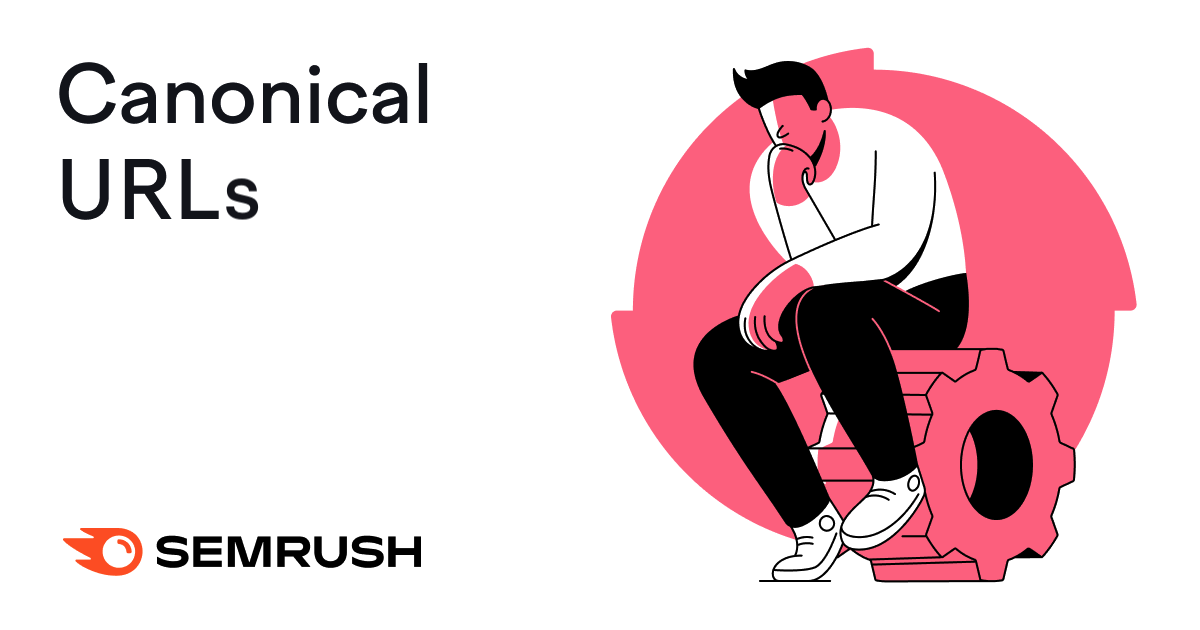Sign up to get started ✨
- Track your progress and stay organized.
- Get automatic site scans to tick off the checkboxes for you.
- Track your keywords positions over time.
- Step-by-step instructions to SEO tasks.
Declare canonical tag
Canonical tags are crucial for managing duplicate or similar content across your website. They tell search engines which version of a page should be considered the 'master' copy, helping consolidate ranking signals and prevent duplicate content issues. This is particularly important for e-commerce sites where products might appear under multiple categories or with different URL parameters.
Instructions:
Declare Canonical URLs
-
1Identify Duplicate Pages: Look for duplicate or similar pages on your site, such as those with URL parameters, session IDs, or alternative versions of the same content.
-
2Choose the Preferred URL: Decide which version of the page should be the canonical (preferred) one. Typically, this is the main, user-friendly version of the page.
-
3Add Canonical Tags: Insert a canonical tag into the
<head>
section of the HTML on each duplicate page. The tag should point to the preferred URL.-
Example For a preferred page URL
https://example.com/preferred-page
, use:<link rel="canonical" href="https://example.com/preferred-page" />
-
-
4Verify Implementation: Check the canonical tag implementation using browser developer tools or view the page source to confirm it is correctly placed.
-
5Test in Google Search Console: Use the URL Inspection Tool in Google Search Console to ensure Google recognizes the canonical URL correctly.
-
6Monitor for Issues: Check the Coverage report in Google Search Console to identify and resolve any duplicate content issues related to canonical tags.
